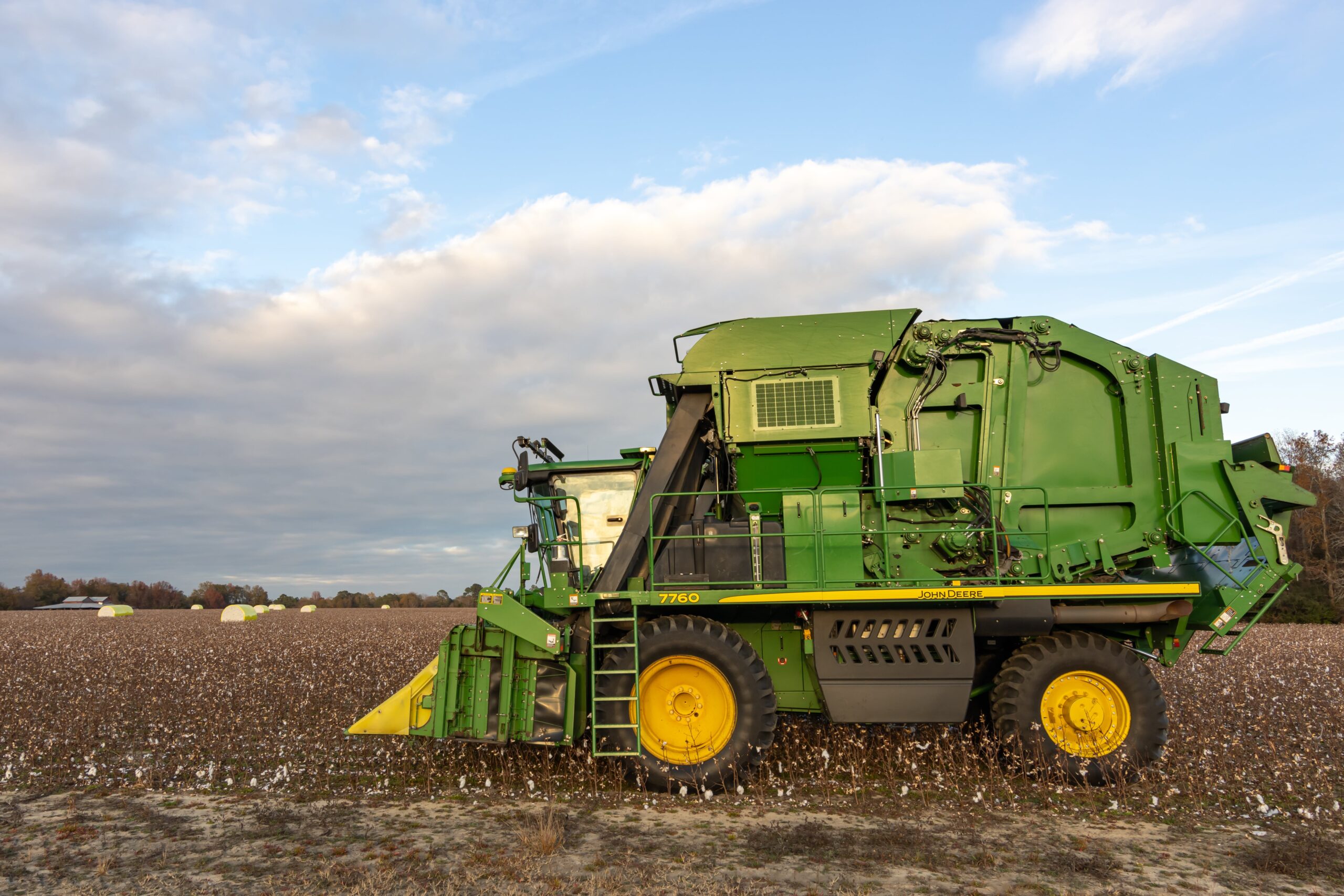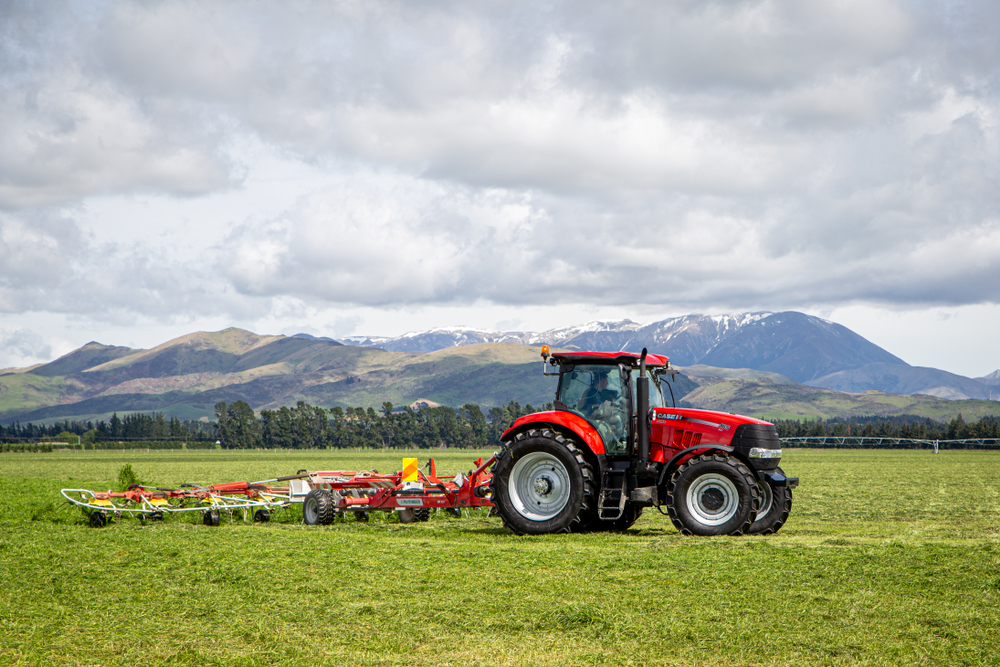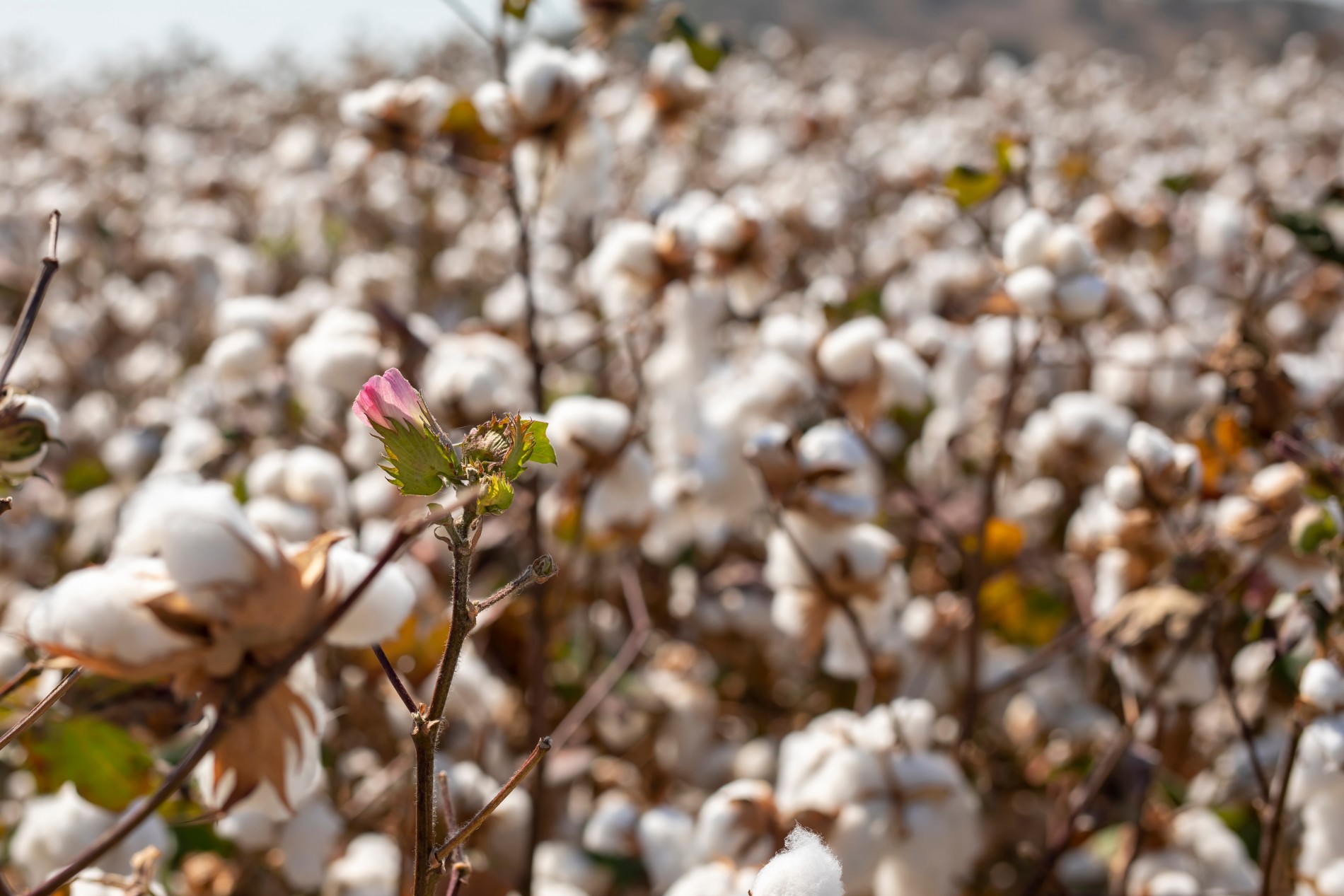Cotton is one of the most important cash crops worldwide, with its fibers being used in various industries such as textiles, pharmaceuticals, and automotive manufacturing. The process of harvesting cotton has evolved significantly over the years, thanks to the advancements in modern agricultural machinery. In particular, cotton harvesters play a crucial role in efficiently and
READ MOREAuthor: Don Evink
Ensuring Optimal Performance: How to Maintain and Replace John Deere Parts
When it comes to harvesting cotton, John Deere has long been a trusted name in the industry. Their cotton pickers are known for their reliability, efficiency, and durability. However, like any complex piece of machinery, regular maintenance and occasional replacement of parts are essential to keep these cotton pickers performing at their best. This blog
READ MORETop 5 Most Commonly Replaced John Deere Parts and How to Identify Them
Regular maintenance and timely replacement of worn-out parts is crucial when it comes to keeping your John Deere equipment running smoothly and efficiently. This is especially true for cotton pickers, which are subjected to harsh operating conditions in the field. In this blog post, we will highlight the top five most commonly replaced John Deere
READ MOREHow Precision Agriculture Enhances Cotton Harvesting Efficiency
In the world of agriculture, precision is key. The ability to accurately and efficiently harvest crops is essential for farmers to maximize their yields and profits. This is especially true in the case of cotton harvesting, where precision agriculture plays a crucial role. In this blog, we will explore how precision agriculture enhances cotton harvesting
READ MOREChoosing the Right Cotton Harvester for Your Farm
When it comes to harvesting cotton, having the right equipment is crucial. A suitable cotton harvester ensures optimal productivity and helps improve the quality of harvested cotton. With so many options available in the market, selecting the right cotton harvester for your farm can be a daunting task. In this blog, we will walk you
READ MORE



